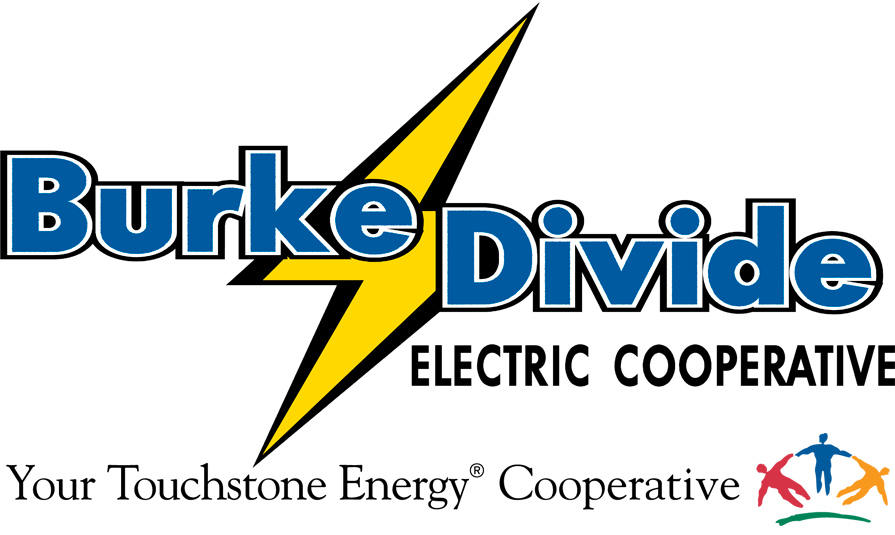As North Dakota’s electric cooperatives continue to meet power needs across the state, they must seek easements from property owners.
WHAT IS AN EASEMENT?
Easements are legal documents allowing an electric cooperative to install either overhead or underground power line cross a member’s property for the benefit of the community.
“If you have power to your house, at some point, somebody had to give an easement to get power to your place,” says North Central Electric Cooperative General Manager Jon Beyer.
The landowner still owns the property, but the easement allows access for repairs and maintenance once the line has been installed.
When a line is switched from overhead to underground, a new easement is needed as well.
“Typically, we try to stay right on the edge of private property to have minimal disturbance to the property,” Beyer says.
WHAT IS THE PROCESS?
First, the cooperative must locate the landowner, which is often the most difficult task when owners live out of state. Sometimes, a tax record search is needed to locate a landowner.
The landowner is then contacted and details are discussed.
“We talk about how it’s going to affect the land, where the power line will be placed, if they have any recommendations. We take that all into consideration,” Beyer says.
A document is completed, signed and filed with the county recorder’s office, so the easement follows along with any land sales.
Once a line is in place, maintenance within the easement may include repairing equipment, restoring equipment following a storm or cutting and trimming trees under and near the overhead lines. Keeping the lines free from trees reduces outages and maintains a safe clearance from electrical hazards and service reliability.
Landowners may experience easement fatigue if they’re repeatedly being asked for easements for various infrastructure, but your electric cooperative understands.
“Electric cooperatives want to do the right thing for the landowners, because we live in the communities and we are going to be here for years to come. So, we want to make sure we do a really good job of securing the easement, securing the needs for the member and making sure the landowner is happy with how we’re going to proceed with any type of power line,” Beyer says.
